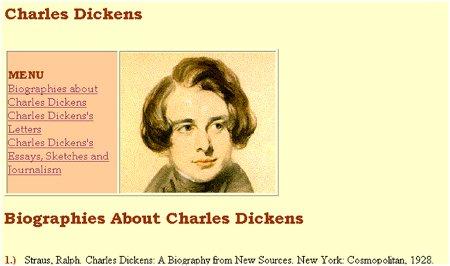Why Assign Web Projects?
Student web sites provide a means for students to share their work with a larger audience, both inside and outside the classroom. They also provide a natural format for students to explore the interactions between words and images.
Web-Authoring Basics
Web Publishing at UW
Publishing web pages involves three steps:
- Activating Web Publishing: All UW students may request space on the university's web server. The CIC Student Guide contains instructions for activating a student web account. Note that students who are also university employees can have both student and staff web accounts.
- Composing Web Pages: Students need not know HTML coding in order to author a web site. Google Sites and Catalyst's CommonView provides a template into which students can enter formatted text, images, links, and video. University general access computing labs in Odegaard and Mary Gates have Dreamweaver, a graphical WYSIWYG ("what you see is what you get") web authoring platform. Learning & Scholarly Technologies offers free workshops on using Dreamweaver. The "Web-Authoring Programs" section below reviews options for composing web sites.
- Uploading Web Pages to the Web: Unless students use CommonView, which automatically publishes pages to the web as the student saves them, they must upload their pages to their web account. The CIC Student Guide contains instructions for using WinSCP, an electronic file transfer program,to upload files.
Web-Authoring Programs
Students have many options for composing web sites, many of which do not require knowledge of HTML coding:
- CommonView
Part of the UW's Catalyst tools, CommonView provides basic templates and rich-text editing options for web sites. - Dreamweaver
Learning and Scholarly Technologies offers free Dreamweaver workshops supplemented with online curriculum. - Google Sites
Under an agreement with Google, UW students have access to ad-free, secure versions of Google's Apps, including Sites, a graphical web site creation tool with a range of pre-set themes and layout options. - HTML Kit, Komodo Edit and Notepad ++
For those who know HTML coding. For those who do not, Learning and Scholarly Technologies offers a workshop series and online curriculum. - SeaMonkey Composer
From Mozilla, a graphical WYSIWYG web page editor.
Web Assignment Options
Group Work
Group activities are a simple way to introduce basic web skills. Rather than help 20+ students assemble 20+ pages, you help 7 groups assemble 7 pages. These collaborative projects work well in courses that emphasize a community of writers or that seek to explore a defined theme. Make sure that students rotate shifts at the computer so that everyone gets a chance to try a skill. Even if not all of your students participate equally, the project is advantageous. The next time you do a web activity at least half the class will be comfortable with the medium.
The image below depicts a group annotated bibliography web project completed for English 200 (Reading Literature). After signing up for topics, students completed the annotated bioliography assignment individually outside of class and brought their work to class as word documents. During a class session in the lab, they formed groups of three, according to their topics, and compiled their information onto a group web page. The instructor added all group pages to the course web site.

Additional Resources
- Engaging Online Materials
UW LST's resources for effectively presenting course materials online. Site includes information on text, graphics, copyright/fair use and creating assessment rubrics for online student work. - Web Site Workshops
Learning Scholarly Technologies description of workshops offered throughout the academic year. Curriculum offerings focus not only on specific technologies, but also on site planning and web publishing at UW.